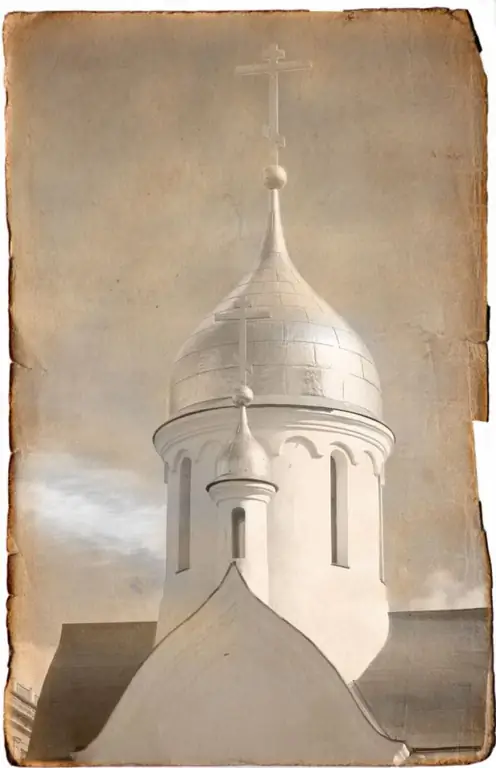Old scanned photographs from family archives often need restoration, which includes both correction of color balance in color photographs and restoration of damaged areas of the image. Restoration of damaged fragments is usually performed using the Clone Stamp Tool, Healing Brush Tool and Patch Tool.

It is necessary
- - Photoshop program;
- - a file with a photo.
Instructions
Step 1
Load the scanned photo into a graphics editor and create a copy of the layer using the Dublicate Layer option from the Layer menu. Assess the extent of the damage to be repaired.
Step 2
In order to restore the color balance in the faded color image, use the Curves filter in the Adjustments group of the Image menu. Click on the right eyedropper in the filter window and select the lightest part of the image with this tool. Use the eyedropper to mark black in the photo, and use the middle eyedropper to select the gray area.
Step 3
For the next step of the correction, create a copy of the corrected color layer. Restore on this layer areas of the image without small details, damaged by folds or cracks. Depending on the size of the damaged area, this is done using the Clone Stamp or the Patch Tool.
Step 4
To use the Clone Stamp Tool, select an area in the photo from which you can copy some of the pixels and use them to restore the fragment damaged by the fold. Place the cursor on this area and click the left mouse button while pressing the Alt key. Move the cursor to the damaged part of the image and left-click. In order for the tool to leave feathers with feathers, set the Hardness parameter in the Clone Stamp brush settings to about fifty percent.
Step 5
In some cases it is advisable to create a new layer to correct every large detail. To do this, add a mask to the layer with the already restored fragment using the Add layer mask button from the layers palette. Fill the mask with black using the Paint Bucket Tool. Activate the Brush Tool and paint the mask with white over the edited part.
Step 6
Open the layer properties window with the Layer Properties option from the Layer menu and enter a name in the Name field that will allow you to further determine which image detail you have corrected on this layer.
Step 7
In order to close large damaged areas, you can use the Patch Tool. Select the Source item in the settings panel of this tool and outline an area of the image with which you can cover the damaged fragment.
Step 8
Select the Destination item in the settings and drag the created patch onto the damaged fragment of the image. The selection around the patch is removed by pressing Ctrl + D.
Step 9
To restore damaged faces in a photograph, you can copy a suitable fragment of the preserved image by selecting it with the Polygonal Lasso tool. To copy a fragment, use the Copy command, and to paste - Paste from the Edit menu.
Step 10
If you restore one of the symmetrical details of the face, flip the copied fragment horizontally using the Flip Horizontal option from the Transform group of the Edit menu. Transform the fragment with the Warp command from the same group so that it complements the image.
Step 11
When restoring photo details in this way, it should be borne in mind that human faces are very rarely symmetrical and a face restored by a full mirror image of one of the halves will not look realistic. Add a mask to the layer with the transformed fragment and make feathers on its edges by painting them over the mask with a soft brush.
Step 12
Save the restored photo to psd and.jpg"






